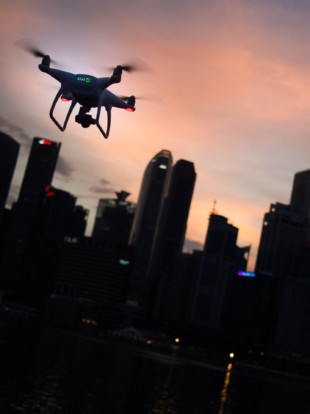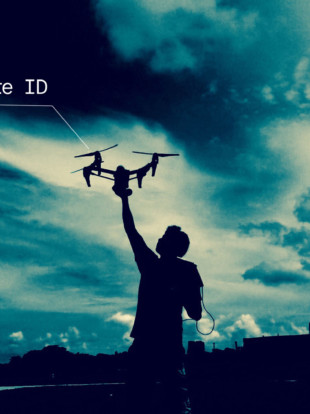What is Remote ID?
Remote ID is the concept of a system that identifies drones operating in the national airspace. It’s a digital license plate for drones. And we’re on the doorstep of widespread adoption.
To learn more about our patented Remote ID solutions, contact sales@aloft.ai.
A Digital Drone Identity System Brings Greater Transparency to the National Airspace
Drones are required to be registered with the FAA. But there still is no common system to identify drones in the sky, in real-time.Remote ID is that missing system.It balances the needs of law enforcement and air traffic control to ensure public safety and the interests of compliant, law abiding drone pilots.
Remote ID Unlocks Advanced Operations
Drones currently require special authorization to perform complex operations including beyond visual line of site.As the national airspace becomes more complex, real-time identity exchange among aircraft will become a necessity.
“There is broad agreement that Remote ID is important and necessary, but it has been difficult to get broad agreement on specific details about how it will work and who it will cover.”
- Kate Fraser
Head of Policy, Aviation

“Outside of some limited operations conducted under waivers, commercial operators are being locked out of operations over people and other expanded operations until the Remote ID rule is implemented.”
- Diana Cooper
Senior VP of Strategy and Policy
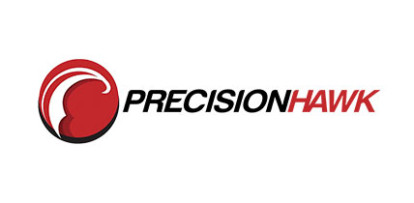
“The commercial drone industry in general benefits from Remote ID. Ultimately, Remote ID will enable wider enterprise adoption and should be able to open the skies for commercial flights over people.”
- Amber McDonald
President and CEO
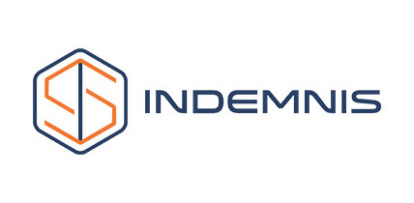
“In the absence of data, regulators have trouble making rules. Data gathered by Remote ID will give regulators data they need to accelerate rule-making for advanced operations.”
- Ben Marcus
Chairman
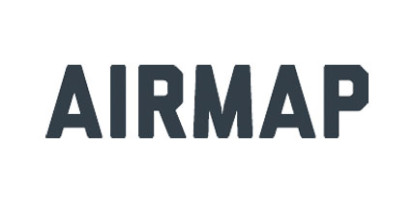
“Responsible drone operators understand that Remote ID is a solution that might otherwise be replaced by some manner of flight restriction. But in order for Remote ID to be viable at all, we must achieve maximum voluntary compliance by keeping operators’ costs and burdens as low as possible, and ensure the privacy of their flight operations.”
- Brendan Schulman
VP of Policy and Legal Affairs
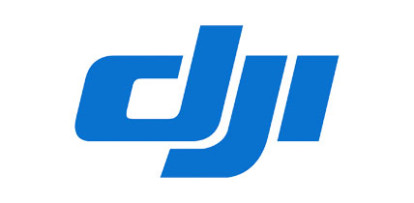
“For commercial drone operations to scale, Remote ID is going to be necessary. If you want to have a robust commercial operation and ecosystem, you will need Remote ID.”
- Harrison Wolf
Project Lead, Drones and Tomorrow’s Airspace

“Remote identification is necessary to enable the positive outcomes that are going to come from a drone enabled economy. CNN stands ready to utilize a Remote ID solution as soon as a viable one exists.”
- Greg Agvent
Senior Director, CNN Aerial Imagery & Reporting
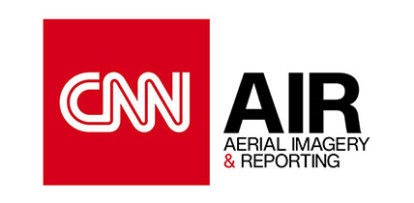
“A successful 2019 would be the issuance of a technology-neutral interim final rule onRemote ID in line with the ASTM standard currently under development.”
- Diana Cooper
Senior VP of Strategy and Policy

“By 2020, we will be discussing countries who have actually implemented universal Remote ID. The conversation will shift to how we build on Remote ID to unlock new operational capabilities and economic opportunity for the drone industry.”
- Ben Marcus
Chairman

“Late 2019: The comment period has closed on the FAA’s Remote ID proposal, the first set of industry standards have been completed, and we are awaiting FAA’s review of comments and finalization of the requirements, which will probably take another year from that point.”
- Brendan Schulman
VP of Policy and Legal Affairs

“We will probably have an ASTM standard this year, which can be persuasive, but we might not have a Remote ID NPRM.”
- Amber McDonald
President and CEO

“There have been big steps in the right direction like the Integration Pilot Program (IPP) and the FAA Reauthorization Act but there’s a lot that still has to happen.”
- Kate Fraser
Head of Policy, Aviation

“Rules for flights over people or beyond visual line of sight will be restrictive until there are mechanisms for accountability - Remote ID is one way to do that.”
- Harrison Wolf
Project Lead, Drones and Tomorrow’s Airspace

